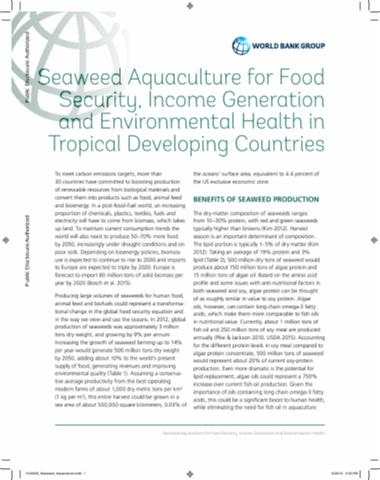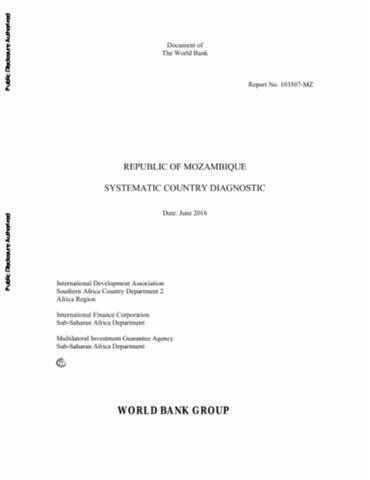The World Bank is a vital source of financial and technical assistance to developing countries around the world. We are not a bank in the ordinary sense but a unique partnership to reduce poverty and support development. The World Bank Group has two ambitious goals: End extreme poverty within a generation and boost shared prosperity.
- To end extreme poverty, the Bank's goal is to decrease the percentage of people living on less than $1.25 a day to no more than 3% by 2030.
- To promote shared prosperity, the goal is to promote income growth of the bottom 40% of the population in each country.
The World Bank Group comprises five institutions managed by their member countries.
The World Bank Group and Land: Working to protect the rights of existing land users and to help secure benefits for smallholder farmers
The World Bank (IBRD and IDA) interacts primarily with governments to increase agricultural productivity, strengthen land tenure policies and improve land governance. More than 90% of the World Bank’s agriculture portfolio focuses on the productivity and access to markets by small holder farmers. Ten percent of our projects focus on the governance of land tenure.
Similarly, investments by the International Finance Corporation (IFC), the World Bank Group’s private sector arm, including those in larger scale enterprises, overwhelmingly support smallholder farmers through improved access to finance, inputs and markets, and as direct suppliers. IFC invests in environmentally and socially sustainable private enterprises in all parts of the value chain (inputs such as irrigation and fertilizers, primary production, processing, transport and storage, traders, and risk management facilities including weather/crop insurance, warehouse financing, etc
For more information, visit the World Bank Group and land and food security (https://www.worldbank.org/en/topic/agriculture/brief/land-and-food-security1
Resources
Displaying 281 - 285 of 4906Using Administrative Data to Assess the Impact and Sustainability of Rwanda's Land Tenure Regularization
Rwanda's completion, in 2012/13, of
a land tenure regularization program covering the entire
country allows the use of administrative data to describe
initial performance and combine the data with household
surveys to quantify to what extent and why subsequent
transfers remain informal, and how to address this. In
2014/15, annual volumes of registered sales ranged between
5.6 percent for residential land in Kigali and 0.1 percent
Long-term Impacts of Global Food Crisis on Production Decisions
This paper estimates farmers’ investment response to food price spikes using household panel data collected before and after the 2007/08 food price crisis in Indonesia. We found that an increase in farmers’ terms-of-trade allowed relatively large crop-producing farmers to increase their investments at both extensive and intensive margins. Food price spikes had a significant income effect among farmers whose production surplus is large for market sales.
Quantifying Spillover Effects from Large Land-based Investment
Almost a decade after a spike in land demand following the 2007–08 commodity boom, evidence on impacts of this phenomenon remains limited and mostly case study based. We show that information on location and start data of large farms, combined with existing smallholder farm surveys, allows to complement this with a difference-in-difference approach to systematically assess spillovers from large farm establishment.
Seaweed Aquaculture for Food Security, Income Generation and Environmental Health in Tropical Developing Countries
To meet carbon emissions targets, more than 30 countries have committed to boosting production of renewable resources from biological materials andconvert them into products such as food, animal feedand bioenergy. In a post-fossil-fuel world, an increasingproportion of chemicals, plastics, textiles, fuels and electricity will have to come from biomass, which takesup land. To maintain current consumption trends theworld will also need to produce 50–70 percent more foodby 2050, increasingly under drought conditions and onpoor soils.
Republic of Mozambique
This Systematic Country Diagnostic (SCD) is designed to assess the key constraints and opportunities facing Mozambique as it strives to sustain robust growth and macroeconomic stability while accelerating poverty reduction and promoting greater economic inclusiveness. The SCD is organized into six chapters. Chapter two describes the evolution of poverty and inequality, explores their regional and demographic dimensions, and identifies strategies for accelerating poverty reduction.









